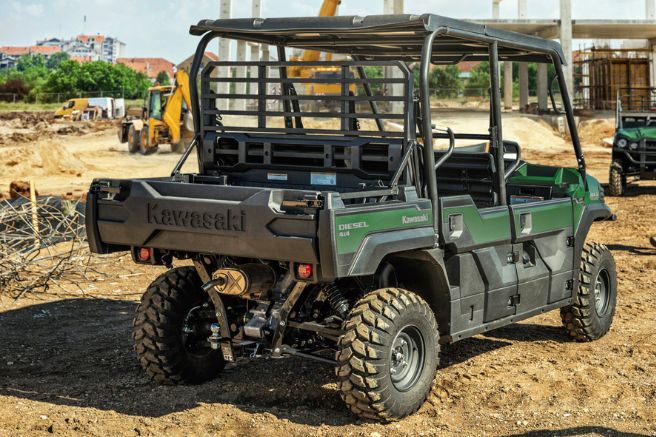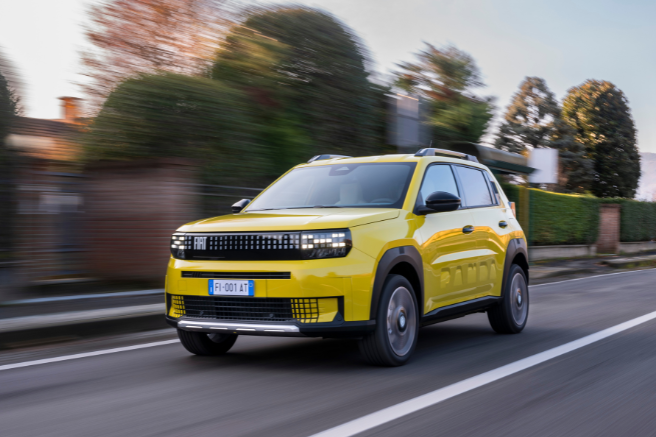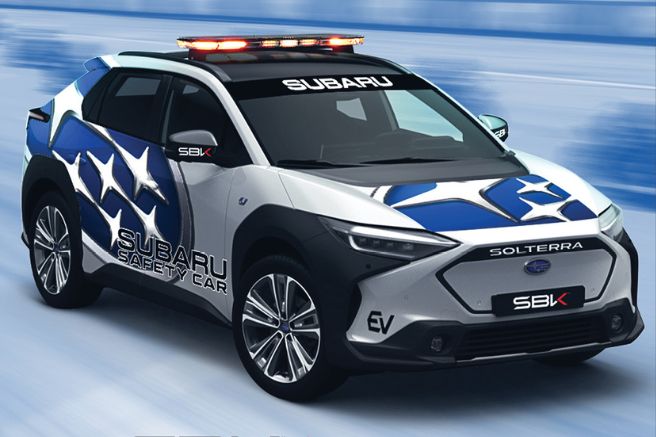They are built in Japan, but are not used either in that country or in other Western countries. However, they are valuable and in some cases indispensable for Asian farmers, especially those who operate in rural areas distant from urban settlements and often not served by structured road networks. In these areas the “FarmBikes”, the motorbikes designed with a view to use in agricultural areas, help the operators a lot, either by speeding up their movements or by allowing them to monitor crops otherwise accessible only on foot, with the most expensive and demanding when with company tractors.
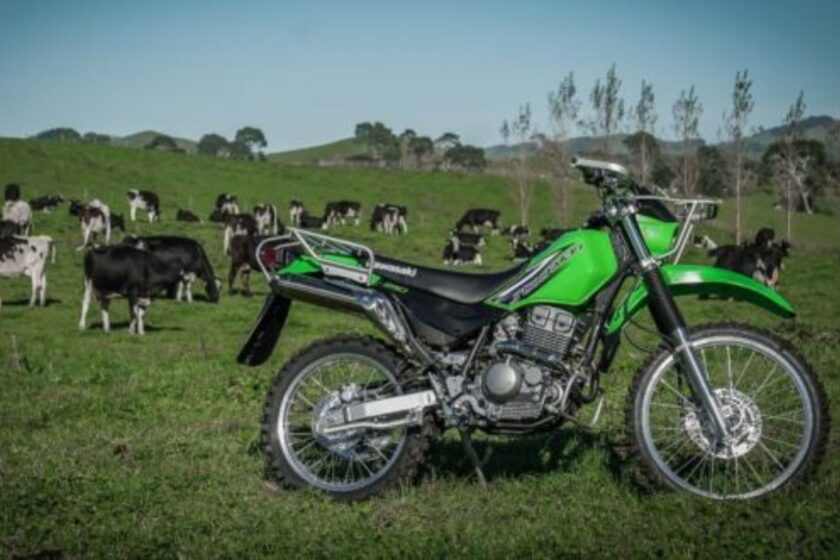
The latter vehicles, however, are decidedly slower and more awkward than the light, robust and agile “FarmBikes” built by Kawasaki, Honda, Suzuki and Yamaha.
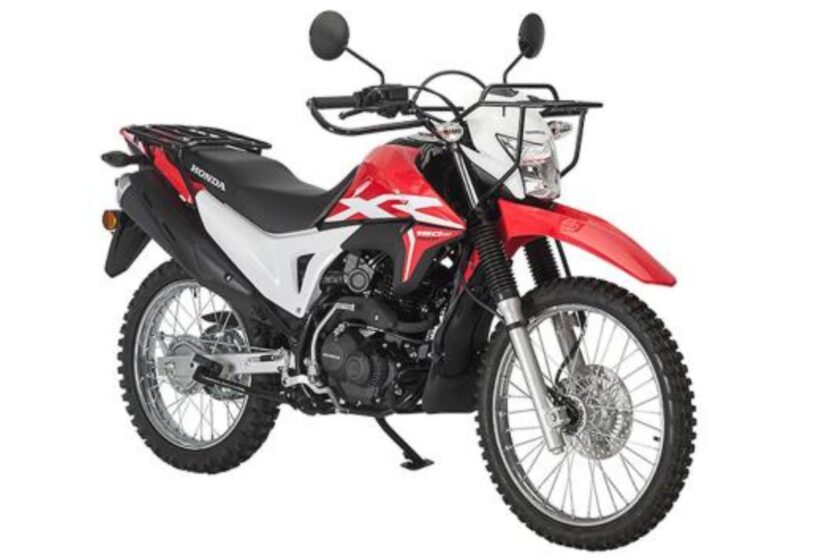
Only they are the most committed manufacturers in this field, being able to make the most of the experiences gained over the years in competitive off-road – in enduro, cross and trial – to create off-road vehicles oriented towards reliability and ease of driving beyond and the containment of purchase and management costs.
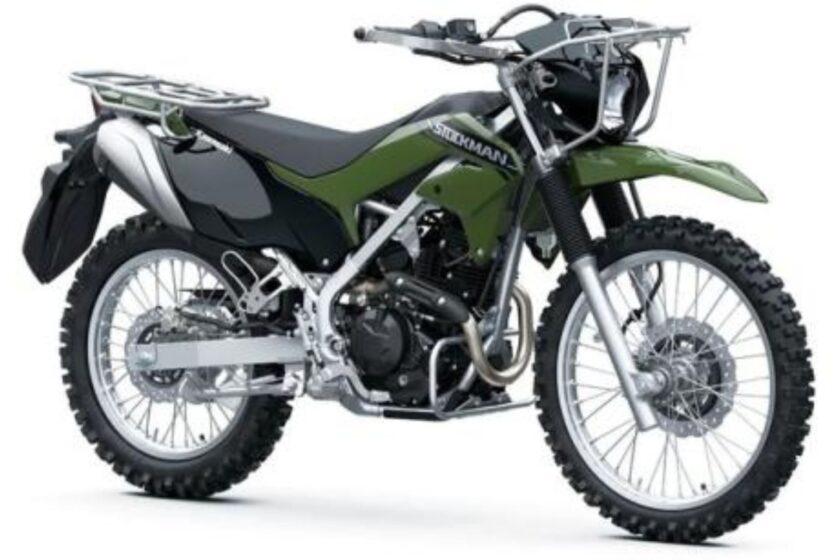
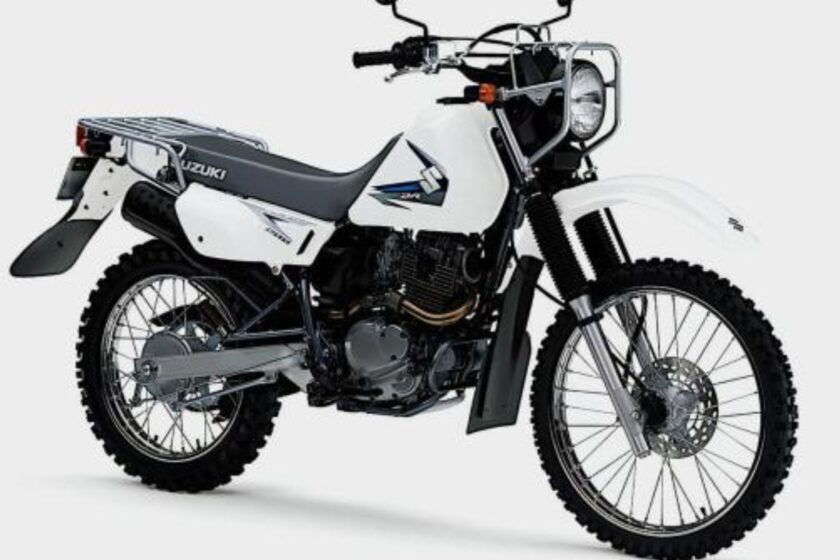
Hence the small displacements, the short transmission ratios, the tanks capable of ensuring ample range and driving postures oriented towards comfort and safety, design dogmas in which aesthetics and peak performance are also sacrificed. It is no coincidence that maximum speeds often do not exceed one hundred kilometers per hour given the presence of large and robust roof racks as well as adequate protections to avoid damage to the vehicle in the event of a fall.
Agricultural motorcycles, consolidated construction schemes
Maximum simplicity then of the mechanics, starting from the single cradle frames suspended by telescopic front forks with 36 mm diameter legs and by rear swingarms on which single central shock absorbers work. Among the four Japanese brands, Kawasaki is the one that offers the model with the best technical and performance contents for these applications. Called “Stockman 250”, the company’s farmbike actually boasts the highest performance in the sector, 26 horsepower and 25 newton meters of torque, benefiting from an air-cooled four-stroke single-cylinder engine with 249 cubic centimeters of displacement. Equipped with a braking system assisted by disc brakes on both wheels, 21 inches in diameter on the front and 18 inches on the rear, it weighs only 120 kilos despite having an electric starter.
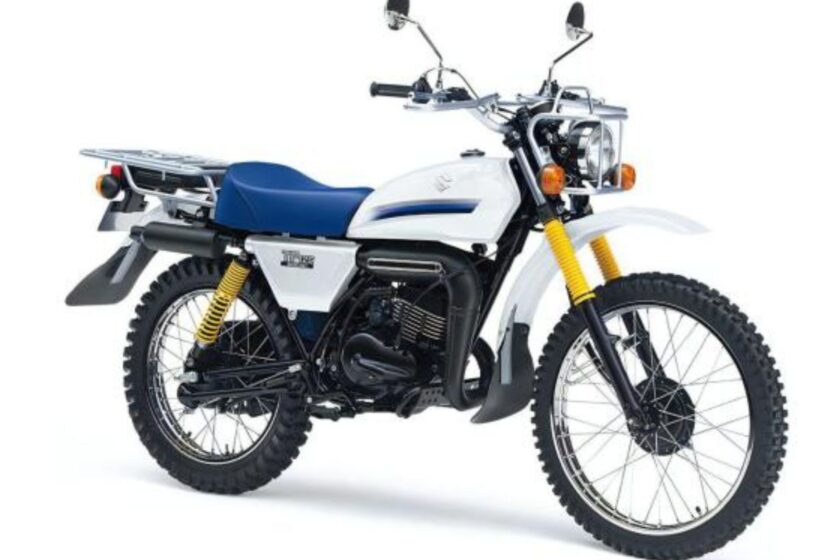
A good solution
Wheels always 21 and 18 inches in diameter but equipped with mixed braking systems, front discs and rear drums, for the Suzuki and Honda models, with the first called “Dr200Se” which is powered by a single cylinder with 20 horsepower and 18 newton meters of couple delivered from a 200 cubic centimeter barrel. The dry weight in this case is 132 kilos, the same proposed by the Honda farmbike “Xr190Ct”, powered by a 184 cubic centimeter single cylinder delivering 15 horsepower of maximum power which in some countries is replaced by a similar single cylinder of only 100 centimeters cubes.
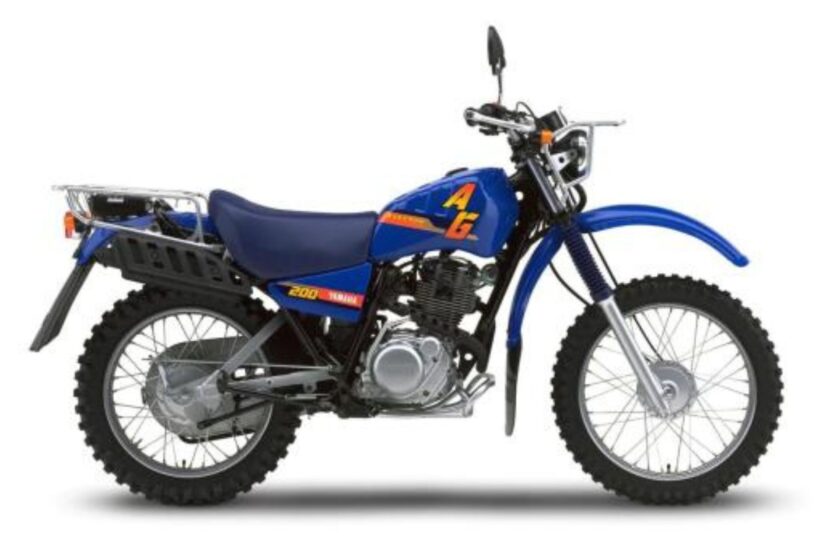
The height of the saddles from the ground is common to the Suzuki and Honda models, 830 millimeters compared to the 850 of the Kawasaki model and the 820 of the “Ag200“, the farmbike produced by Yamaha based on a single cylinder with 196 cubic centimeters of displacement delivering 14 horsepower maximum power and 15 newton meters of torque. Weighing only 112 kilos despite being equipped with two large roof racks and generous fenders, it shares 21-inch front wheels and 18-inch rear wheels with its competitors but brakes using drums on both hubs.
Titolo: Agricultural motorcycles, useful and valuable in the narrowest terrain
Translation with Google





